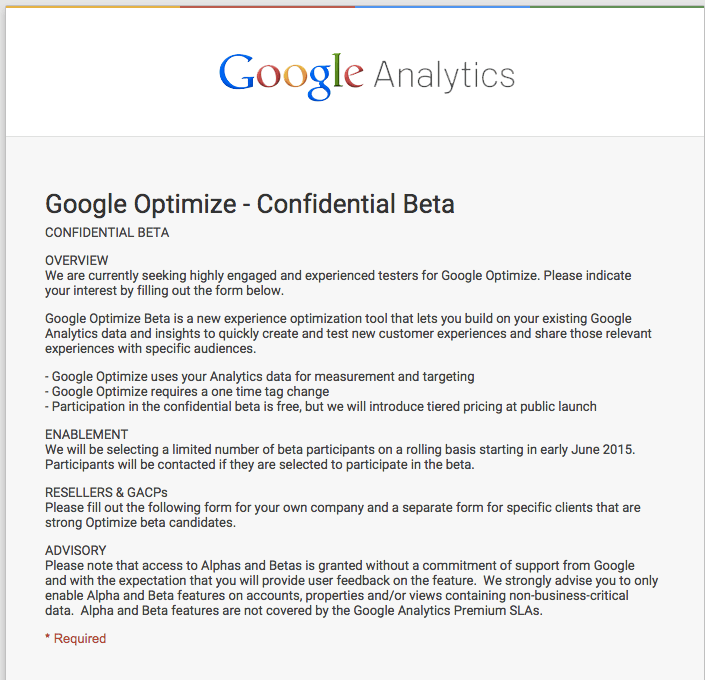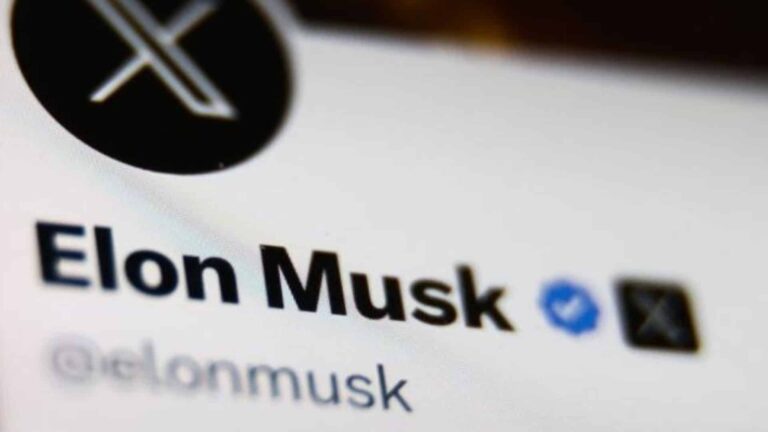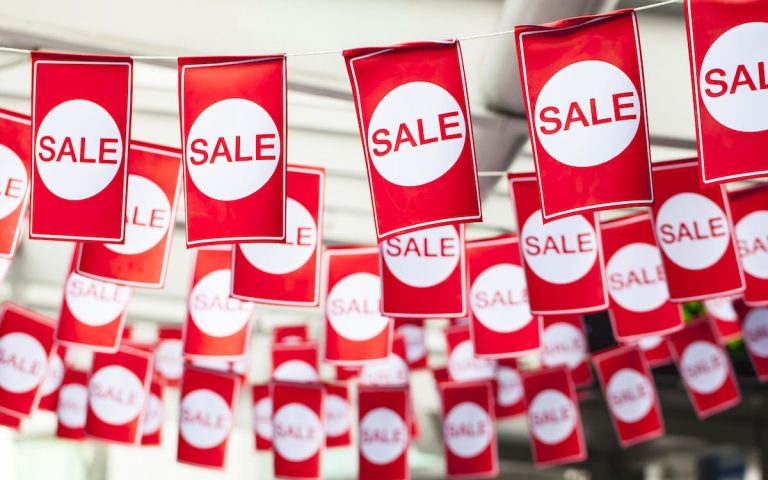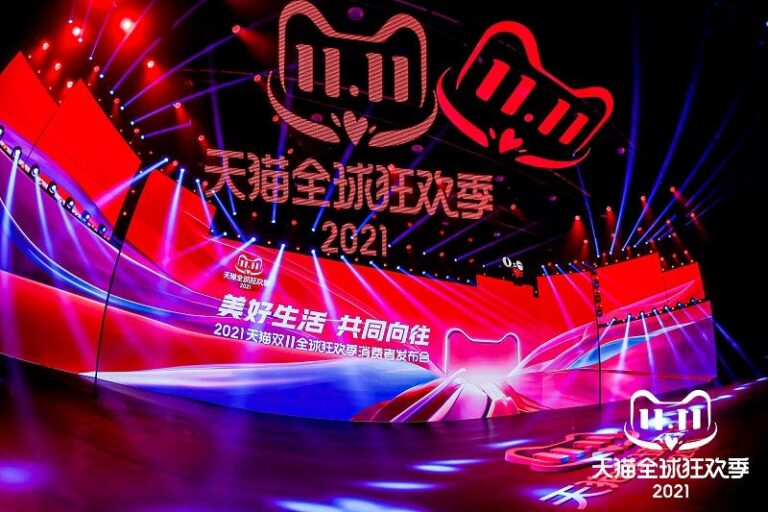13th Feb 2019 – 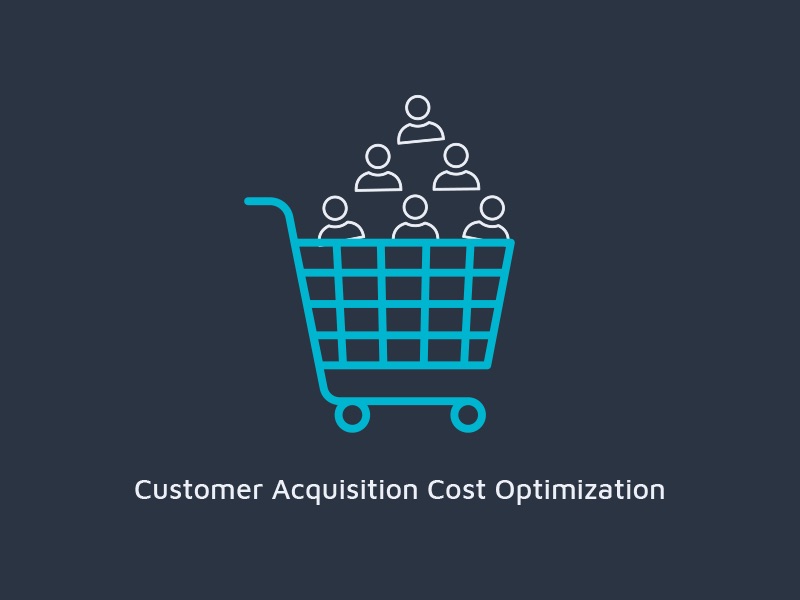
Sometimes, there’s a lot of confusion about what numbers you plug in to calculate the correct value of your customer acquisition cost. Here’s a standard formula to follow. But it’s important to note that the value for each variable will depend on the model of the business. Take the total expense to attract, engage, and convert a new customer. Then, divide it by the number of new customers acquired. Follow this and you’ll be able to calculate your customer acquisition cost.
You can also reinforce your high performing business strategies to optimize your costs of customer acquisition. A good way to do this is to double down on the marketing and operation efforts that bring you the most returns. You’ll also want to drop any underperforming factors. To help, you can pinpoint these efforts based off of the numbers you run through the formula.
How can different business models shake up this formula? Let’s say you base your business around a mobile app that uses a “freemium” model.
This may seem like common sense. But, you’ll also have to recognize other ways to correct your strategy. You’ll need to optimize how the cost of customer acquisition factors into the ratio.
Let’s define it. Customer acquisition cost is the evaluation of the number of sales, marketing, and other operating expenses required to convert new paying customers over a given period of time. It’s an imperative figure for any growing business to track. Yet, each business calculates this figure in their own unique way.
Among the most overlooked auxiliary costs are overhead, salaries, and other fixed charges. Avoid these errors to eliminate any business disasters.
Social media sharing buttons, for example, are a fantastic way to drive this word of mouth growth. If you do this right, you won’t have to shell out more cash for marketing expenses since your customers will do it for you. Those referrals accumulate over time and contribute to your viral coefficient.
Without the proper guidance and intelligence at hand, you’re bound to run into trouble. Learn how to find the accurate value of your customer acquisition cost based on how you conduct your business. Then, optimize that number so you have a sustainable ratio of this cost and lifetime customer value to work with.
How Does This Formula Change?
Some businesses believe sales and marketing expenses are the only values you need to test. Of course, some will follow a different business philosophy. You can’t ignore numbers that contribute directly to your total customer acquisition cost.
Now, how can these mistakes prove to be costly for a business? These faults can lead you to an inaccurate assessment of how your business runs. A great way to measure if your customer acquisition model is sustainable is to compare the value of your customer acquisition cost to your customer lifetime value.
As another example, advertising based app businesses will need to differentiate between their users and customers. Mobile games, news, and social media apps are free for general users, but the advertisers that pay to monetize this data are their customers.
Testing gives you a clearer view on what your customers want and it would be a mistake to not recognize its role to help you optimize your cost of customer acquisition. These techniques to cut down your costs will lead you to an efficient business strategy. And, your focused awareness of your customer acquisition cost will lead to more business success.
Although you may not be actively minimizing your customer acquisition costs, maximizing your customer lifetime value can bring you an effective ratio. This gives you more room to work with if it’s too difficult to lower your customer acquisition cost. Once you recognize that your customer acquisition costs exceed your customer lifetime value, you can adjust your efforts.
Note: This post is a part of our CRO Month 2019. Share it with the #Optimizein28Days to promote optimization awareness and how CRO can help businesses thrive
An excellent way to cut your cost of acquisition is to incentivize referrals for your business. With this method, you let your customers do the work for you. You should come up with creative ways to motivate your customers to give positive feedback about your business to anyone they know. Make it easy for your customers to spread the word about your top quality service and products so they can help you sustain your business.
Do you know how important it is to track your customer acquisition cost?
How Customer Acquisition Cost Factors into Customer Lifetime Value
Conversion rates are crucial too. You can concentrate on increasing your conversion rates through rigorous testing. That way, you have a better idea about what you should eliminate or double down on in your marketing and operation efforts.
These numbers will account for the what Dasher spent on their last quarter of sales. In this example, if Dasher spent ,000 on advertisements and marketing, as well as another ,000 on salaries and overheads, Dasher’s total expenses to engage with a new customer is 0,000. Now, let’s say the value for their new customers required is 20,000. If you divide these two numbers it leaves you with a customer acquisition cost of .
This type of business strategy usually accounts for a large number of free service users and a smaller segment of paying customers. To total the customer acquisition cost, you’ll have to assess the expenses it takes to serve the free users in relation to the percentage of paid users.
This distinction will allow these businesses to tally up their customer acquisition cost more efficiently.
There are many ways to calculate this metric across different industries.
Take Action and Optimize
Sometimes all the numbers will point to a faulty customer acquisition strategy. The natural solution here is to reduce your costs of customer acquisition.
Keep in mind, you’ll have to simplify this ratio when you compare the two values since they will likely be large and uneven. You also can’t forget about evaluating this ratio against the total cost it takes to keep your customers.
Check out the visual below from CleverTap on calculating customer acquisition cost including the Dasher example and tips.
Here’s a hypothetical example with a food delivery app called Dasher.
To put it simply, if the customer acquisition cost tops the expected customer lifetime value, the customer acquisition model isn’t viable. A common lifetime value to customer acquisition model ratio is 3:1. This is the leading indicator of whether you have a sustainable customer acquisition strategy.
Now you have a baseline understanding the importance of calculating customer acquisition costs and the relationship to customer lifetime value. Failing to keep track of your CAC to CLV ratio is like going into a battlefield blind.
Unfortunately, this means that there are plenty of scenarios for mistakes to pop up. It’s also easy to overlook some expenses that turn up as perceived lower costs.
Wrapping Up
According to Invesp, 89% of customer acquisition costs are allocated to website efforts. Don’t glance over how this powerful metric can make or break the success of your website and business.
Businesses can mistakenly include the wrong number of returning customers in this figure after they take part in retargeting, engagement, and retention efforts towards their customers.
Meanwhile, your customers can spread positive news about your business at a rapid rate. Additionally, some companies today have tools to track new customer referrals directly. This will give you an accurate customer acquisition cost calculation.


